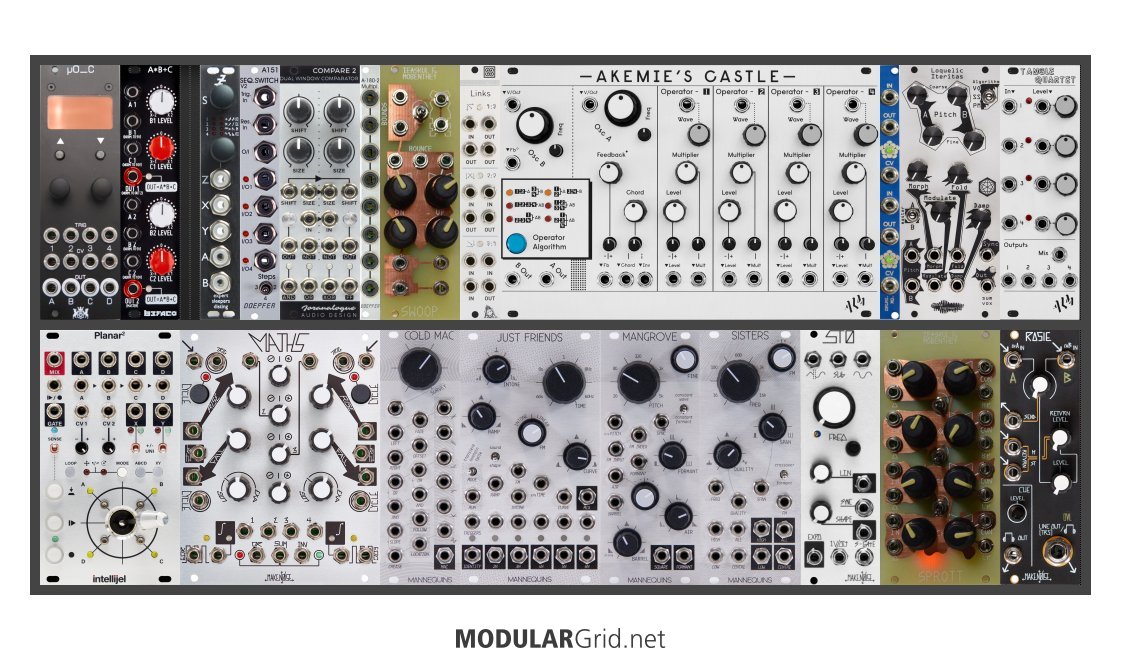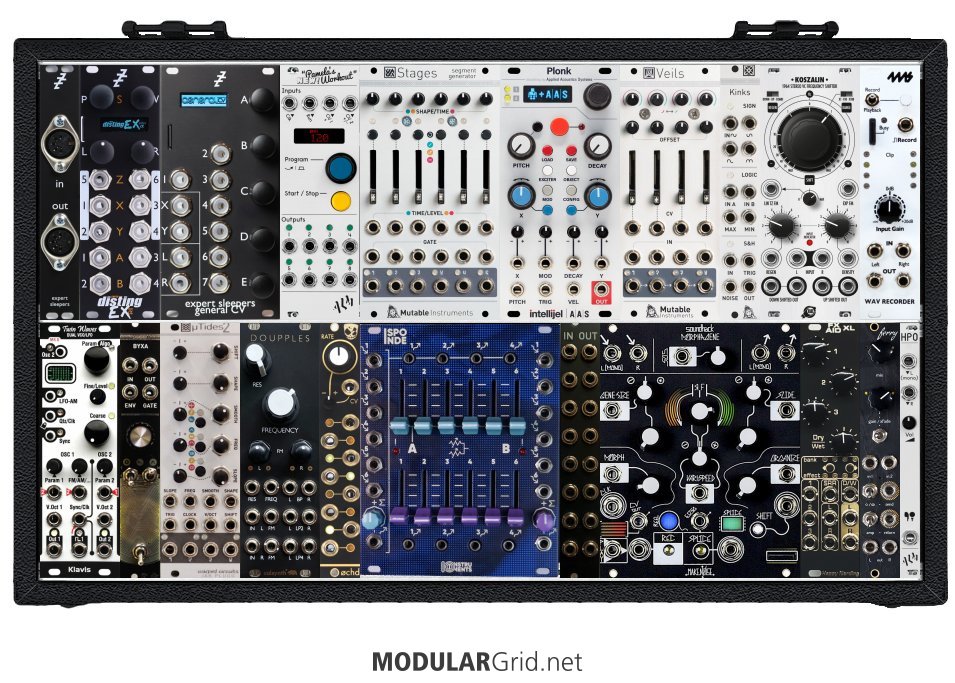I'm in the peculiar situation where I travelled a lot in the past, but I'm not anymore because I have a fairly young family. And I feel the disappearing money more in my shame about it than in my wallet. Which is good, because it makes me rethink every purchase 17 times so I don't make impulse purchases. It also gives me time to really get to know the new modules before I add even more.
but the money hasn't disappeared - it's embedded in a synthesizer... ok so some has disappeared, but it's still actually worth some cash if you decided to sell it tomorrow you'd get a decent chhunk of it back and the rest you have enjoyed - can't get money back from the memories of the travel you used to spend the money on!!!
Still, I've arrived at the point where space is becoming an issue. I wanted to start small but thanks to Jim's advice, I got an Intellijel 7U. It was a great idea at the time, so thanks again. And now it's nearly full. I usually take it down when my wife needs to use the studio to work from home. But if I should get a second 7U, I'd very much want to install it permanently somewhere, which means rethinking the room... again!
hahaha...
7u 104hp IS small - I have about 1800hp (not all filled) and sacguy77 has a decent sized rack too
screw them to the wall? put a desk in the living room/attic/cellar for the wife to work at?
Another disadvantage is that the simplest things can become obsessive. Take patch cables. I have several varieties, which is OK. But I start fretting about how this one is way too flexible, and that one isn't flexible enough. These are way too long, but those are much too short to really route them well. The fit in this module isn't great, but the others don't really do it better. It's hell because there's incredible choice about everything. You ever looked at screws for your modules? Agh! Really! Who has this as a hobby anyway!?
-- Arrandan
I have no idea how many patch cables (I lost count at 300) or types of them I have...
screws - just get knurlies, they're great
"some of the best base-level info to remember can be found in Jim's sigfile" @Lugia
Utility modules are the dull polish that makes the shiny modules actually shine!!!
sound sources < sound modifiers < modulation sources < utilities


